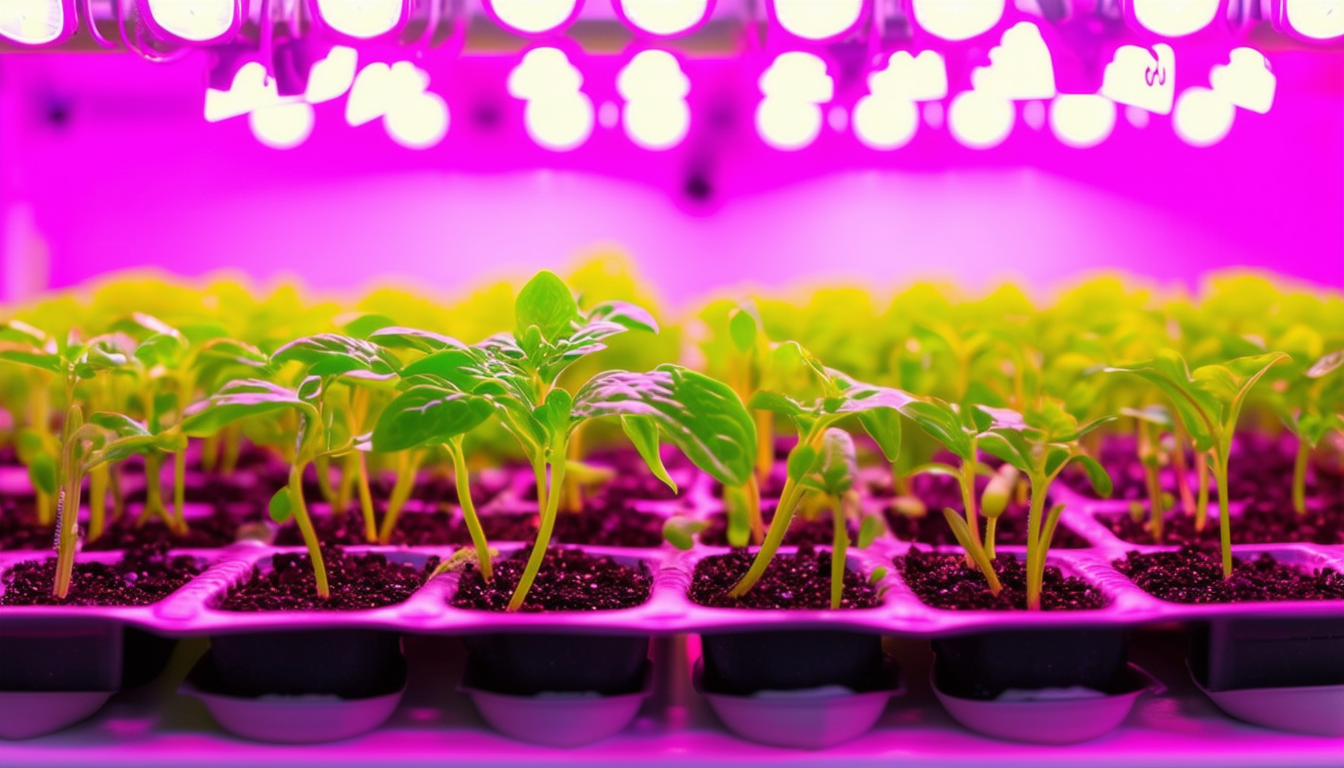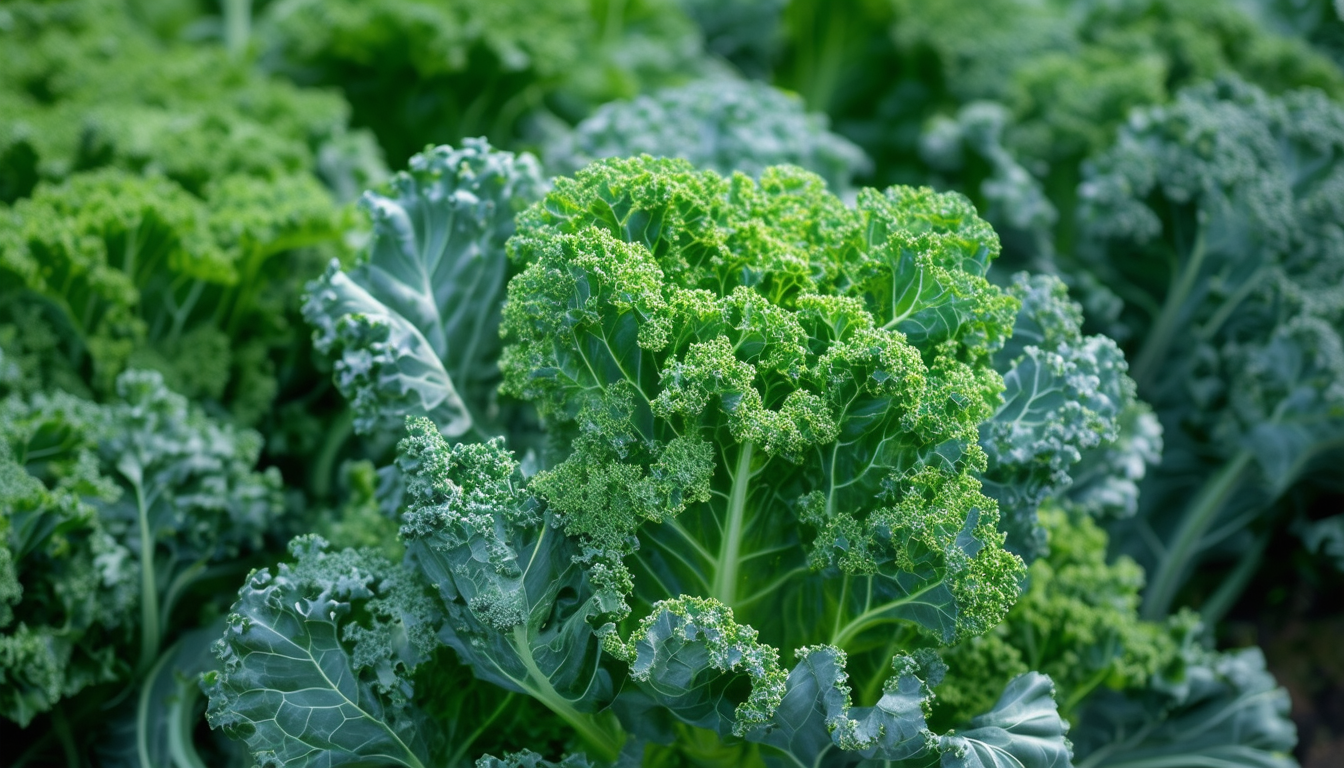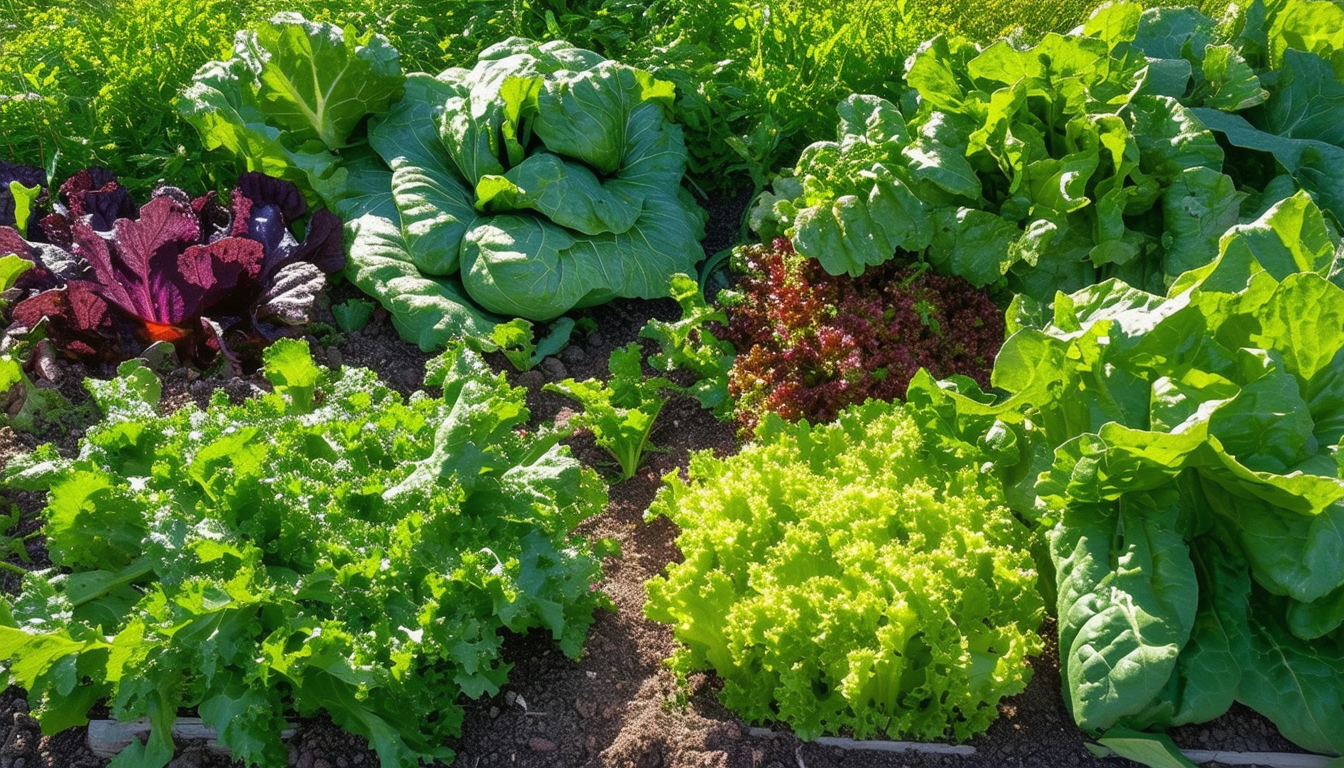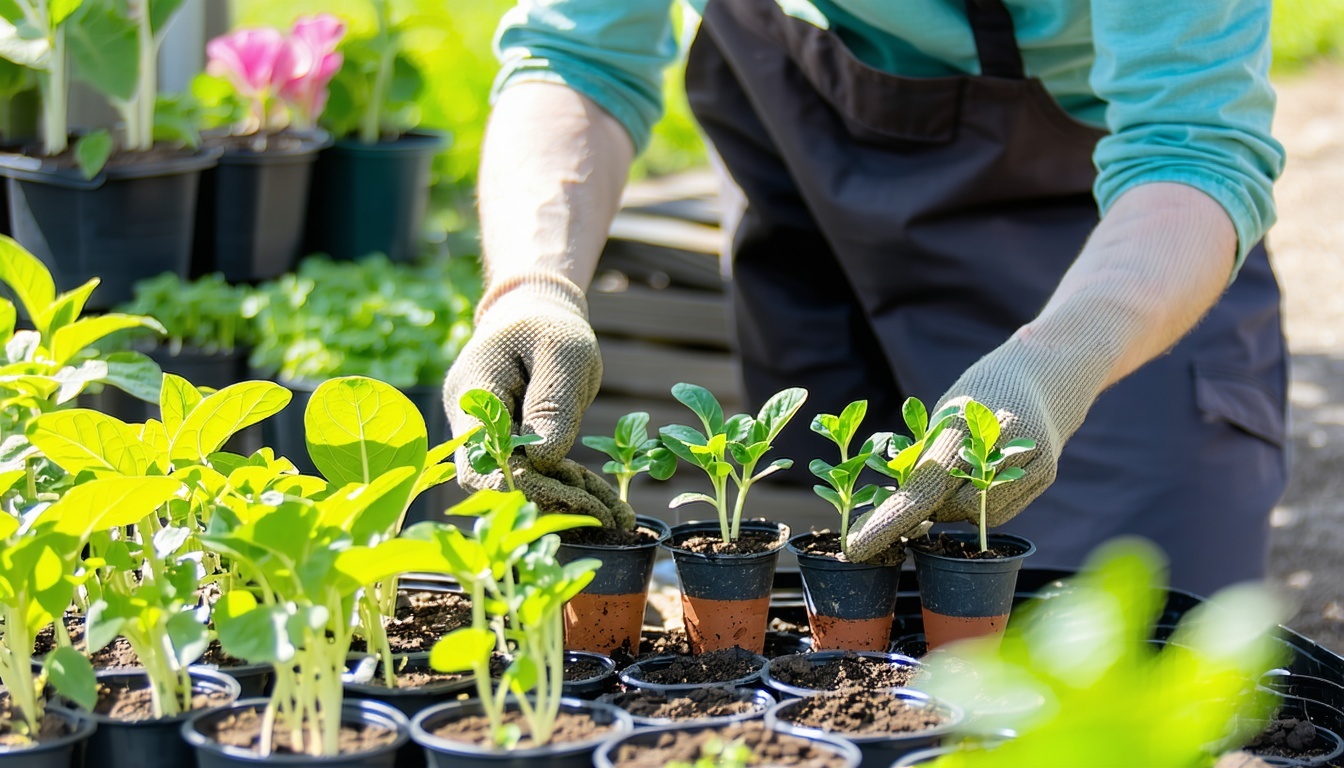
Unlock the full potential of your garden by mastering the art of seed starting with grow lights.
Understanding the Importance of Grow Lights for Seed Starting
Grow lights are essential for seed starting, especially when natural sunlight is insufficient or inconsistent. These lights provide the necessary spectrum of light that helps seedlings grow strong and healthy.
Using grow lights ensures that your seedlings receive a consistent amount of light, which is crucial for their development. This controlled environment allows you to start your gardening season earlier and gives your plants a strong start.
Choosing the Right Type of Grow Lights
There are various types of grow lights available, including fluorescent, LED, and HID lights. Each type has its own advantages and disadvantages.
Fluorescent lights are cost-effective and good for seedlings, while LED lights are more energy-efficient and have a longer lifespan. HID lights are powerful but can be more expensive and generate more heat.
5 steps to Setting Up Your Grow Light System
Step 1: Choose a suitable location for your grow light system, preferably a place where you can easily control the environment.
Step 2: Install your grow lights at the correct height above your seedlings. Generally, fluorescent lights should be placed 2-4 inches above, while LED lights can be 12-24 inches above.
Step 3: Ensure proper ventilation to avoid overheating. You can use fans to circulate air around your plants.
Step 4: Set up a timer to automate the light schedule, ensuring that your seedlings get 12-16 hours of light per day.
Step 5: Regularly check and adjust the height of the lights as your seedlings grow to maintain the appropriate distance.
Time of year to start your seeds with grow lights
The best time to start seeds with grow lights is typically 6-8 weeks before the last expected frost date in your area. This gives your seedlings enough time to grow strong before being transplanted outdoors.
For some plants, you may start even earlier or later, depending on their specific growing requirements and your local climate.
Optimizing Light Schedules for Seedling Success
Seedlings generally require 12-16 hours of light per day for optimal growth. Using a timer can help ensure that they receive consistent light without the need for manual adjustments.
It's also important to give your seedlings a period of darkness each day to mimic natural conditions and allow them to rest.
Troubleshooting Common Issues with Grow Lights
Common issues with grow lights include overheating, insufficient light, and improper light spectrum. Overheating can be managed with proper ventilation and by adjusting the distance of the lights from the seedlings.
If your seedlings appear leggy or weak, they may not be getting enough light. Ensure that your lights are close enough and that they provide the full spectrum of light needed for healthy growth.
Best varieties to start with grow lights
Some of the best varieties to start with grow lights include tomatoes, peppers, herbs, and leafy greens like lettuce and spinach.
These plants benefit greatly from the controlled environment and consistent light provided by grow lights, leading to stronger and healthier seedlings.
Are grow lights energy efficient?
Maximizing efficiency with grow lights involves choosing the right type of light. LED grow lights are the most energy-efficient option, using less electricity and generating less heat compared to other types.
Using a timer to automate the light schedule can also help save energy by ensuring that the lights are only on when needed.
FAQ
Should I use a grow light to germinate seeds? Yes, grow lights provide the optimal light spectrum and consistency needed for seed germination.
How long should I leave grow lights on for seedlings? Seedlings generally need 12-16 hours of light per day.
How do you set up grow lights for seed starting? Choose a suitable location, install the lights at the correct height, ensure proper ventilation, set up a timer, and regularly adjust the light height as seedlings grow.
Can I use a regular shop light as a grow light? While it is possible, specialized grow lights are more effective as they provide the full light spectrum needed for plant growth.
Do seeds need darkness to germinate? Yes, most seeds require a period of darkness to germinate.
What is the best light for seed starting? LED grow lights are considered the best due to their energy efficiency and full-spectrum light.
Can seedlings get too much grow light? Yes, excessive light can cause overheating and stress the seedlings.
How long can seedlings stay in trays? Seedlings can stay in trays until they have developed a couple of true leaves and are strong enough to be transplanted.
Should I leave my grow light on 24/7? No, seedlings need a period of darkness each day to rest.
When starting seeds indoors do they need sunlight? Artificial light from grow lights can be just as effective as sunlight.
Can you grow carrots under grow lights? Yes, but they require deep containers to accommodate their root growth.
Can seeds grow with artificial light? Yes, seeds can grow successfully with artificial light from grow lights.
How long do you leave grow lights on when starting seeds? Generally, 12-16 hours per day.
What to do with seedlings once they sprout? Gradually acclimate them to outdoor conditions before transplanting.
Will a grow light help seeds germinate faster? Yes, the consistent and optimal light conditions can speed up germination.
Can LED grow lights burn seedlings? Yes, if placed too close, they can cause overheating.
How long after planting germinated seeds do they sprout? This depends on the plant type but typically within a few days to a week.
Why are my seed starts leggy? This usually indicates insufficient light. Adjust the light height and duration to provide more light.



